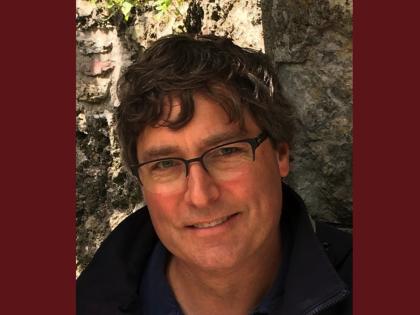Ending his 15-year run as president of Harvard Management Company, Jack R. Meyer, M.B.A. ’69, and his investment colleagues turned in a rousing finale. For the fiscal year ended June 30, total investment return of 19.2 percent brought the value of Harvard’s endowment to $25.9 billion, after taking into account capital gifts received ($286 million), funds used (principally, $855 million distributed for University operations), and lesser accounting items. The comparable figure on June 30, 2004, was $22.6 billion (with a 21.1 percent return). The results appeared in a letter from James F. Rothenberg, chair of HMC’s board of directors and Treasurer of Harvard College, that was released on September 30, Meyer’s final day in Harvard’s employ. He and several colleagues--including top-performing domestic and foreign bond managers David R. Mittelman and Maurice Samuels--are setting up shop as Convexity Capital Management LP (see “Money-Manager Transition,” March-April, page 59).
In absolute terms (see chart below), HMC equity performance was topped by emerging-markets and private assets; during fiscal year 2004, the mainstream domestic and foreign equity holdings were particularly strong (see “Endowment Gains: Last Hurrah?” November-December 2004, page 56). Commodities (HMC has been a significant investor in timber and natural gas) and real estate (a laggard in recent years) also produced outsized gains, and all the bond portfolios did even better than in the prior year. On a relative basis, private equities sharply outperformed the market benchmark for such assets, as did high-yield investments (an under-performer in 2004), commodities, and the big domestic and foreign bond portfolios. (Absent Meyer, a detailed review of results by class was not available.)
Fiscal Year 2005 Performance | ||
|---|---|---|
| HMC | Benchmark | |
Domestic equities | 8.4 % | 6.9 % |
Foreign equities | 16.4 | 14.3 |
Emerging markets | 34.5 | 35.0 |
Private equities | 34.7 | 23.8 |
Absolute return | 11.1 | 8.6 |
High-yield | 17.0 | 6.3 |
Commodities | 25.2 | 15.2 |
Real estate | 26.1 | 20.3 |
Domestic bonds | 19.9 | 12.9 |
Foreign bonds | 20.3 | 7.9 |
Inflation-indexed bonds | 11.6 | 11.2 |
| Total | 19.2% | 14.2% |
For the year, according to Rothenberg’s letter, the 19.2 percent endowment return outpaced the market benchmark--returns expected for funds passively invested in HMC’s asset classes--by 5 percentage points, worth $1.2 billion. According to preliminary data, Rothenberg wrote, median return for the 25 largest university endowments was 15.8 percent; at press time, only Yale (22.3 percent) and Stanford (19.5 percent) were known to have edged Harvard. The 2005 performance brought HMC’s five- and 10-year results to annualized rates of return of 9.5 percent and 16.1 percent, Rothenberg noted: 5.1 and 4.5 percentage points, respectively, in excess of market benchmarks for those periods.
Duplicating such results seems unlikely. Looking ahead, Rothenberg wrote, “a more realistic aspiration” would be “an increment of about 1 percent per year” better than market returns.
More immediate questions face HMC, too. Meyer’s successor has not yet been named, despite a long search. (HMC board and search-committee member Peter A. Nadosy ’68, former president of Morgan Stanley Asset Management, is serving as interim chief investment officer.) HMC’s annual disclosure of its president’s and top-performing professionals’ compensation, a lightning rod for criticism, may be a deterrent among elite money managers (see “‘Extraordinary Bonuses,’” March-April 2004, page 69).
And the loss of personnel to Convexity deprives HMC of proven expertise. During the past fiscal year, the University disclosed, it downsized--to the tune of billions of dollars--much of what it called a “complex bond arbitrage portfolio,” assets at the heart of the departing fixed-income managers’ strategy. That step, apparently driven by market conditions and the need to shift to new personnel, preceded Rothenberg’s disclosure that “Harvard does plan to commit endowment assets for Convexity to manage,” as it has when other HMC staff have set up shop on their own. In the interim, Meyer and associates may play an advisory role, maintaining ties to an organization that helped increase the value of the endowment more than fivefold during his tenure.







